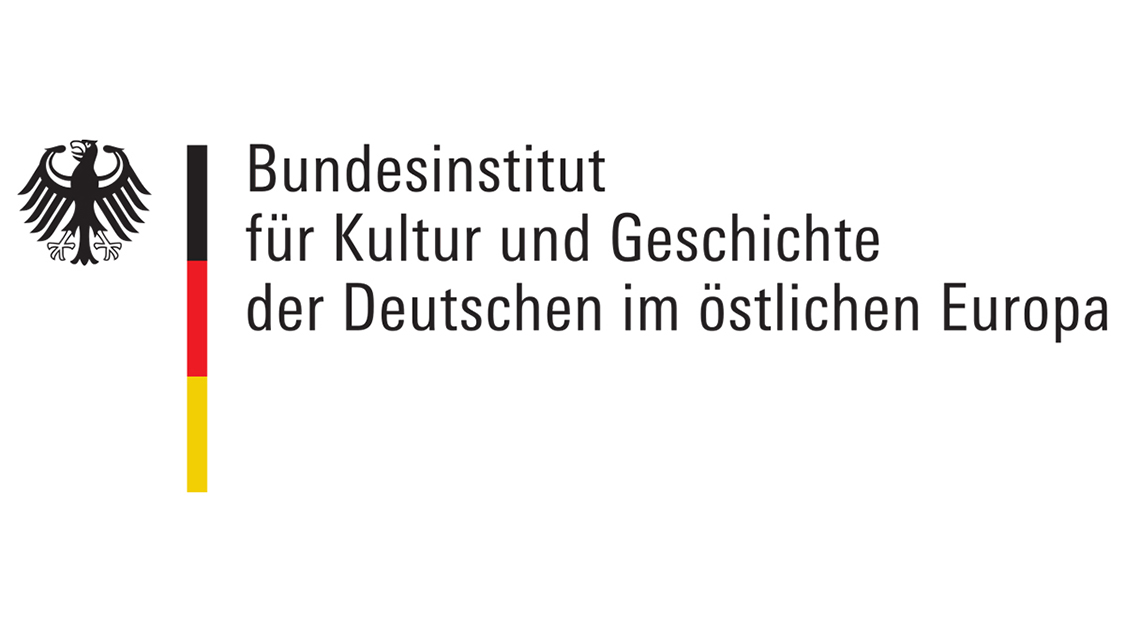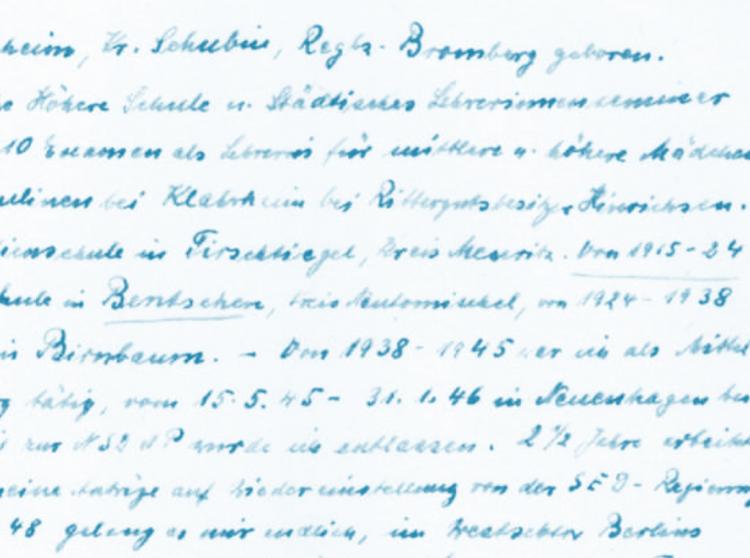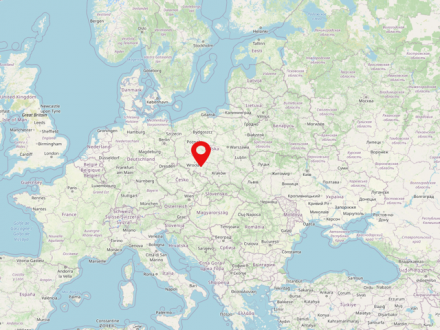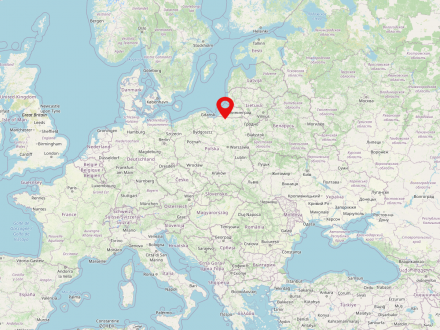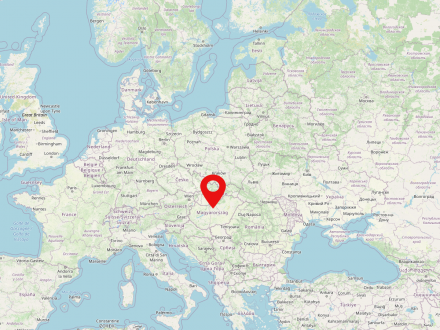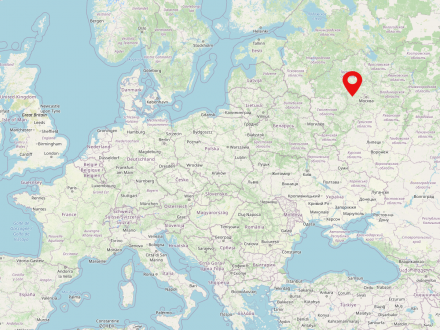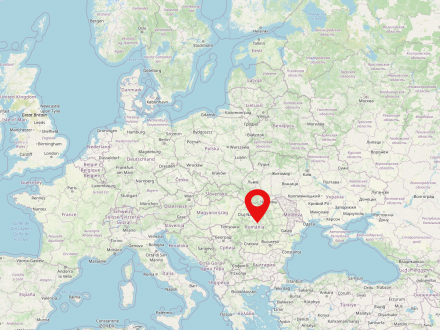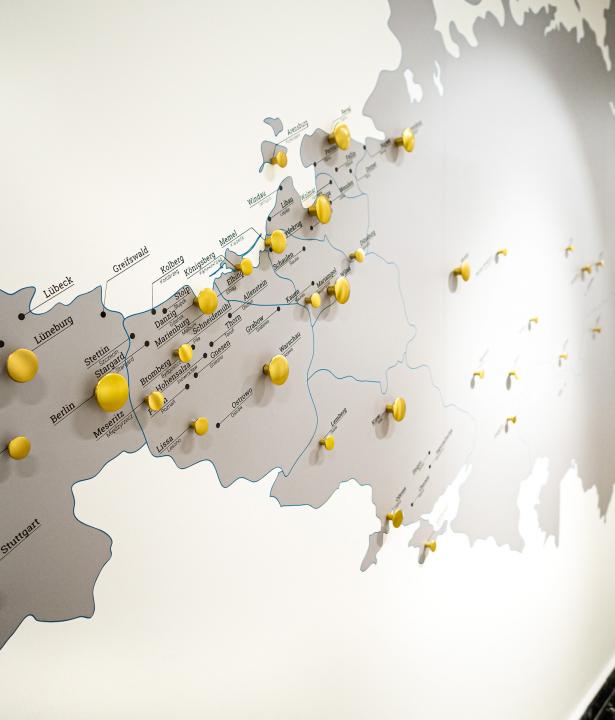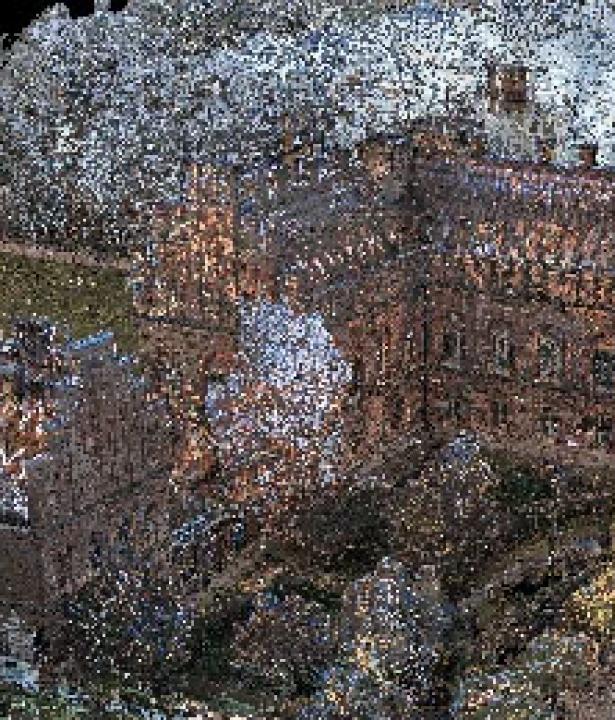Silesia (Polish: Śląsk, Czech: Slezsko) is a historical landscape, which today is mainly located in the extreme southwest of Poland, but in parts also on the territory of Germany and the Czech Republic. By far the most significant river is the Oder. To the south, Silesia is bordered mainly by the Sudeten and Beskid mountain ranges. Today, almost 8 million people live in Silesia. The largest cities in the region are Wrocław, Opole and Katowice. Before 1945, most of the region was part of Prussia for two hundred years, and before the Silesian Wars (from 1740) it was part of the Habsburg Empire for almost as many years. Silesia is classified into Upper and Lower Silesia.
East Prussia is the name of the former most eastern Prussian province, which existed until 1945 and whose extent (regardless of historically slightly changing border courses) roughly corresponds to the historical landscape of Prussia. The name was first used in the second half of the 18th century, when, in addition to the Duchy of Prussia with its capital Königsberg, which had been promoted to a kingdom in 1701, other previously Polish territories in the west (for example, the so-called Prussia Royal Share with Warmia and Pomerania) were added to Brandenburg-Prussia and formed the new province of West Prussia.
Nowadays, the territory of the former Prussian province belongs mainly to Russia (Kaliningrad Oblast) and Poland (Warmia-Masuria Voivodeship). The former so-called Memelland (also Memelgebiet, lit. Klaipėdos kraštas) first became part of Lithuania in 1920 and again from 1945.
Poland is a state in Central Eastern Europe and is home to approximately 38 million people. The country is the sixth largest member state of the European Union. The capital and biggest city of Poland is Warsaw. Poland is made up of 16 voivodships. The largest river in the country is the Vistula (Polish: Wisła).
Hungary is a country in Central Europe, whose capital is Budapest. The country is home to about 10 million people and was part of the so-called Habsburg Empire for several centuries. Hungary has been a member of the European Union since 01.05.2004. The Danube is the largest river in the country.
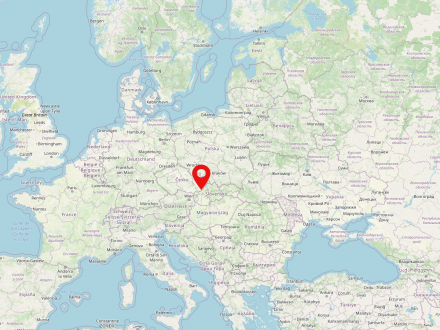
Czechoslovakia was a state existing between 1918 and 1992 with changing borders and under changing names and political systems, the former parts of which were absorbed into the present-day states of the Czech Republic, Slovakia and Ukraine (Carpathian Ukraine, already occupied by Hungary in 1939, from 1945 to the Soviet Union). After 1945, Czechoslovakia was under the political influence of the Soviet Union, was part of the so-called Eastern Bloc as a satellite state, and from 1955 was a member of the Warsaw Pact. Between 1960 and 1990, the communist country's official name was Czechoslovak Socialist Republic (abbreviated ČSSR). The democratic political change was initiated in 1989 with the Velvet Revolution and resulted in the establishment of the independent Czech and Slovak republics in 1992.
The Russian Federation is the largest territorial state in the world and is inhabited by about 145 million people. The capital and largest city is Moscow, with about 11.5 million inhabitants, followed by St. Petersburg with more than 5.3 million inhabitants. The majority of the population lives in the European part of Russia, which is much more densely populated than the Asian part.
Since 1992, the Russian Federation has been the successor state to the Russian Soviet Republic (Russian Socialist Federative Soviet Republic, RSFSR), by far the largest constituent state of the former Soviet Union. It is also the legal successor of the Soviet Union in the sense of international law.
Romania is a country in southeastern Europe with a population of almost 20 million people. The capital of the country is Bucharest. The state is situated directly on the Black Sea, the Carpathian Mountains and borders Bulgaria, Serbia, Hungary, Ukraine and Moldova. Romania was established in 1859 from the merger of Moldova and Wallachia. Romania is home to Transylvania, the central region for the German minority there.
